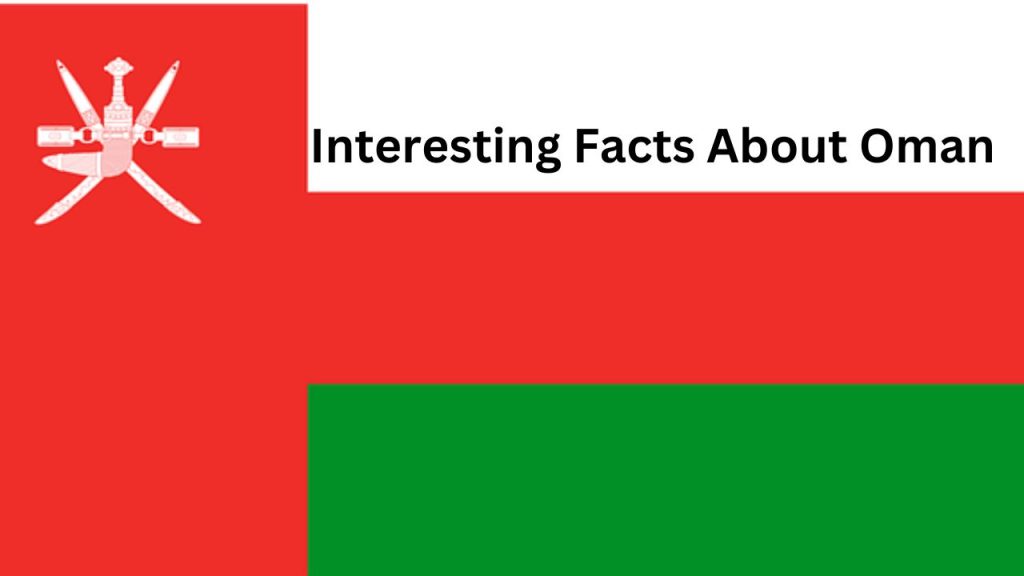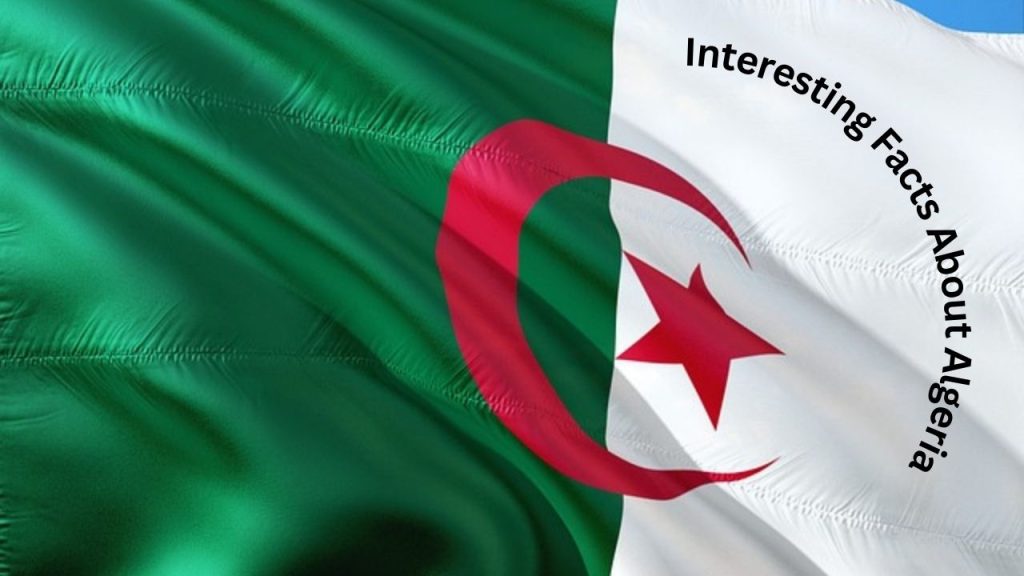Discover interesting facts about Oman, including its culture, customs, and breathtaking scenery. Discover what makes Oman such a fantastic travel location!
Fun Facts About Oman
Oman is renowned for its rich history, varied scenery, and distinctive culture. It is a hidden jewel in the Middle East. Even though it is frequently eclipsed by more ostentatious neighbors like Saudi Arabia and Dubai, Oman manages to hold its own with a subtle yet alluring appeal. These amazing facts about Oman might be useful while making travel plans or simply learning more about this interesting nation.
Geography and Nature
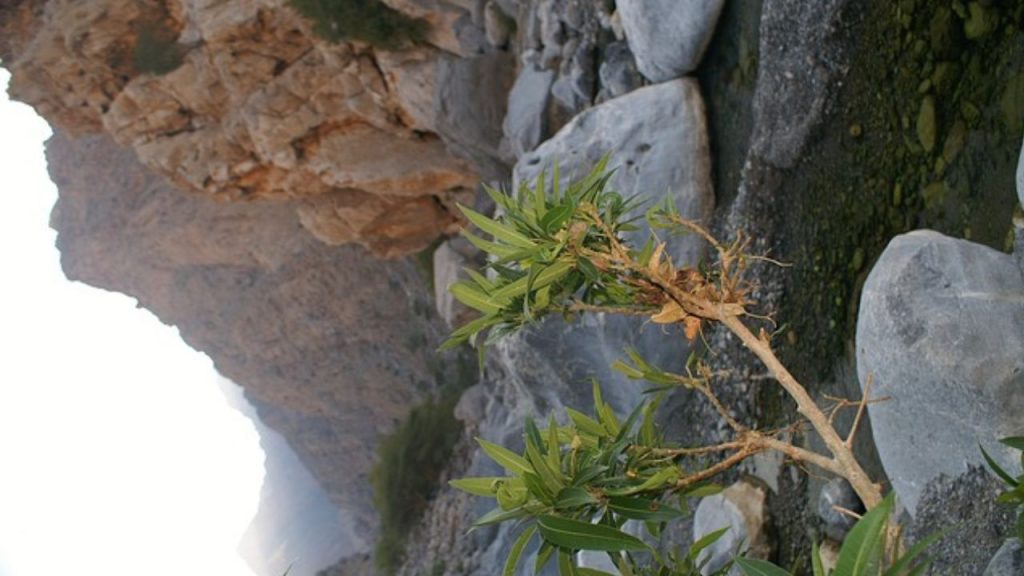
Oman’s Coastal Beauty
Oman’s coastline stretches approximately 3,000 kilometers (1,864 miles) along the Persian Gulf, the Gulf of Oman, and the Arabian Sea. Its beaches, with their golden sands, turquoise seas, and private coves, are just stunning.
Home to the Arabian Desert
Although Oman is well-known for its coastline, it also has huge desert areas, including a portion of the world’s biggest sand desert, Rub’ al Khali, commonly known as the Empty Quarter. As far as the eye can see, the golden dunes create breathtaking views of the desert.
Jebel Shams – The Grand Canyon of Oman
The highest point in Oman, Jebel Shams, often known as the “Mountain of the Sun,” is sometimes compared to the Grand Canyon of the Middle East. For those who enjoy the outdoors, the stunning vistas of the deep valleys and sheer cliffs are a must.
The Frankincense Trees of Dhofar
Frankincense is well-known in Oman, and the holy frankincense trees are located in the Dhofar area. For thousands of years, people have gathered frankincense here, and it was once worth more than gold!
Omani Culture and Traditions
Omani Hospitality is Legendary
The people of Oman are known for their hospitality. It is customary to greet guests with smiles, coffee, and dates. Omanis welcome visitors into their homes on a regular basis, demonstrating the deeply ingrained cultural value of showing hospitality to others.
Traditional Dress is Still Worn
Omanis are proud to wear their traditional clothes, even with the impact of contemporary culture. Males dress in a long, white robe known as a “dishdasha,” while women don vibrant gowns and head scarves known as “hijab.”
Camel Racing is a National Sport
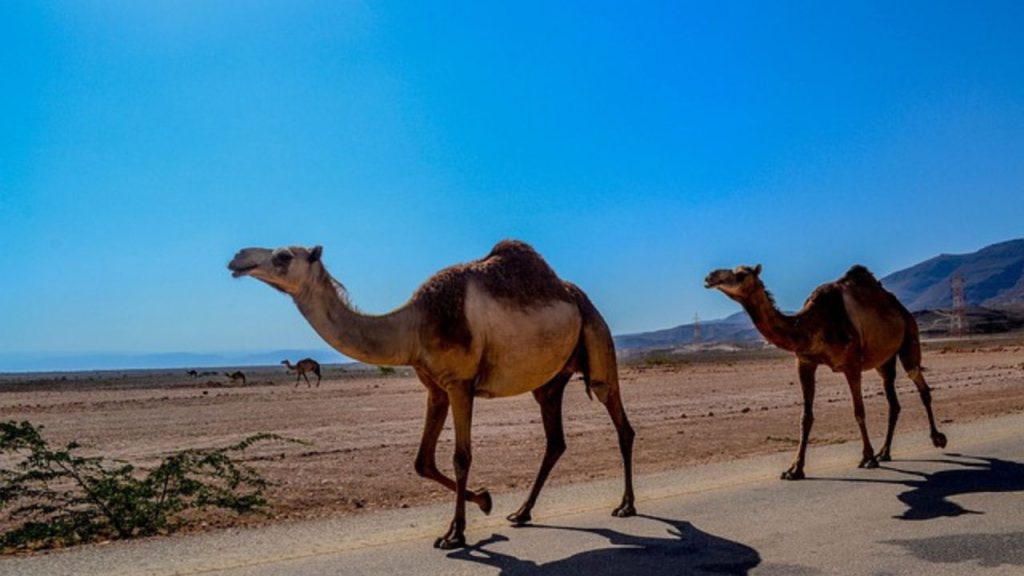
Camels are valued for racing in Oman; they are not only desert creatures. Camel racing, with camels bred primarily for speed and endurance, is a popular activity, especially during festivals and festivities.
The Famous Khanjar
A classic curved dagger, the khanjar represents Omani manhood and history. It is worn at formal occasions and is frequently shown on Omani banknotes.
Oman’s Rich History
One of the Oldest Civilizations
Archaeological evidence reveals that Oman has been inhabited for thousands of years, with communities existing there as early as the Stone Age. It is among the Arabian Peninsula’s earliest civilizations.
The Empire that Stretched to East Africa
Oman ruled over a vast empire that included Zanzibar and stretched down the coast of East Africa in the 17th and 18th century. The cultural and commerce ties between the two areas have been permanently impacted by this.
The Legendary Sinbad the Sailor is Omani
Oman has a rich nautical heritage, and many people think that the fabled figure Sinbad the Sailor was modeled after Omani sailors, who were known for their daring and adept navigation.
The Oldest Independent Arab State
Oman, in contrast to several other countries on the Arabian Peninsula, was never colonized. It is the most established sovereign Arab state, having kept its independence via diplomacy and a robust national government.
Forts and Castles are Everywhere
More than 500 forts and castles may be found in Oman; several of them are UNESCO World Heritage sites. These buildings functioned as commerce and political hubs as well as defensive strongholds.
Example: Bahla Fort – A UNESCO World Heritage Site
One of the most well-known is Bahla Fort, which is situated in Oman’s interior and is included as a UNESCO World Heritage site. It serves as evidence of the strategic significance of Oman in the area as well as its mediaeval architecture.
Economy and Resources
Oman’s Economy is More Than Oil
Even though Oman’s economy depends heavily on oil, it has recently expanded. Fisheries, tourism, and agriculture all provide substantial contributions to the local economy.
One of the World’s Leading Producers of Dates
Hundreds of types of dates are produced all around Oman, which is a significant producer of them. A common gift, dates are a mainstay of the Omani diet.
A Leader in Sustainable Tourism
Oman has chosen to concentrate on sustainable tourism, which sets it apart from some of its neighbors. The nation places a strong emphasis on environmentally conscious travel that respects the local way of life and the environment rather than developing enormous resorts.
The Currency is the Omani Rial
The solid economy of the nation is reflected in the Omani Rial (OMR), which is among the strongest currencies in the world. The US dollar is not worth as much as one Omani rial.
Society and Daily Life
A Nation of Coffee and Dates
Dates and coffee, or “kahwa,” are more than simply snacks in Oman; they are emblems of welcome. The coffee is usually served at social events and is frequently flavored with cardamom and saffron.
Weekends are Friday and Saturday
In accordance with Islamic tradition, Oman’s workweek is from Sunday to Thursday, while the weekend is on Friday and Saturday. In Islam, Friday is a sacred day.
The Scent of Frankincense is Everywhere
The strong aroma of frankincense is noticeable when strolling through Omani marketplaces. It’s chewed as gum, burnt in houses, and used to fragrances! For generations, frankincense has been a component of Omani culture.
A Major Player in the Spice Trade
Due to Oman’s long history in the spice trade, many traditional Omani recipes use spices including cardamom, turmeric, and saffron.
A Unique Omani Dance – The Razha
A traditional dance from Oman, the Razha is done on special occasions. Men celebrate their courage and power by swinging swords and dancing to the beat of drums.
Wildlife and Environment
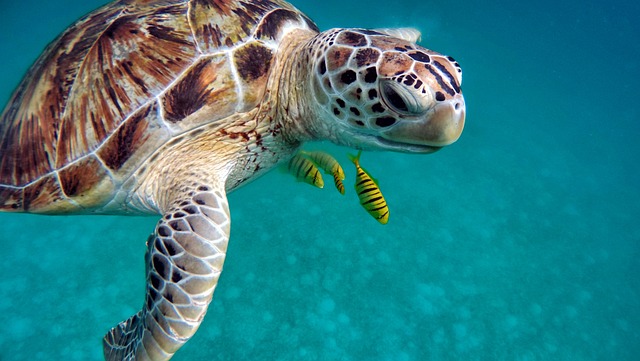
Oman’s Unique Wildlife
A variety of species may be found in Oman, such as the endangered Arabian Oryx, Arabian leopard, and sea turtles that lay their eggs on its beaches.
The Turtle Conservation Program
Oman has implemented conservation initiatives to safeguard critically endangered marine turtles, especially in Ras Al Jinz, where guests may see the turtles laying their eggs on the sand.
The Omani Dolphin Population
Because there are so many dolphins in Oman’s seas, visitors frequently go dolphin watching. Because of the abundance of marine life, the seas off the shore are ideal for diving and snorkeling.
The Omani Desert’s Remarkable Adaptations
Some amazing adaptations in plants and animals have resulted from the harsh desert environment. Camelbacks, sometimes referred to as the “ships of the desert,” are essential for desert survival due to their extended survival without water.
Modern Oman
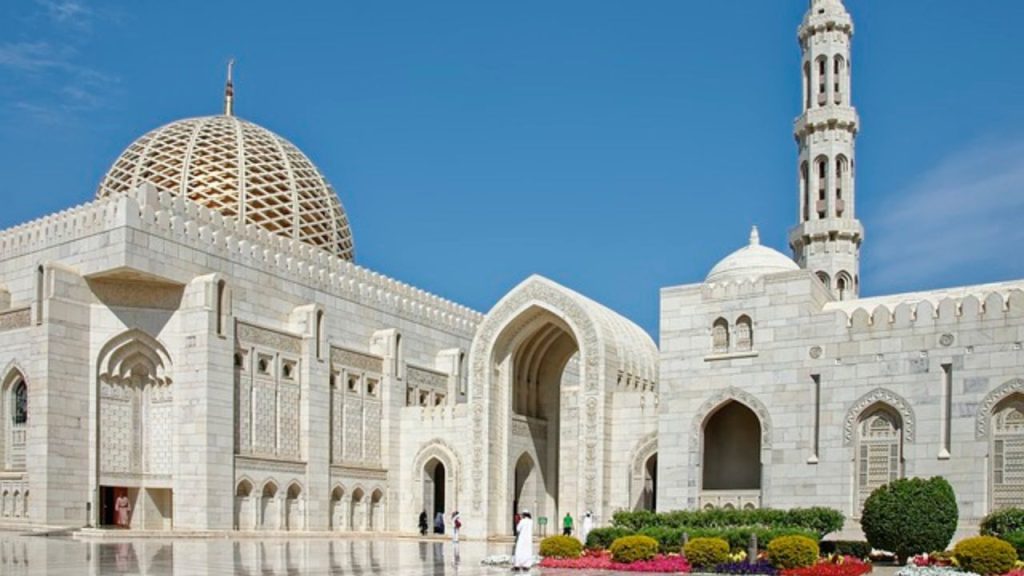
Sultan Qaboos – The Architect of Modern Oman
Many people believe that Sultan Qaboos bin Said, who governed Oman for 50 years until his passing in 2020, was responsible for the country’s transformation into a modern, wealthy state. Under his direction, there were substantial improvements in infrastructure, healthcare, and education.
The Majlis Oman – Oman’s Parliament
With a consultative council (Majlis Oman) that acts as the Sultan’s advisory body, Oman’s political structure is distinct from others in the area. It represents the nation’s strategy for fusing history with contemporary government.
Muscat – A City of Contrasts
The capital city of Muscat provides an intriguing fusion of the modern and the ancient. Although historic architecture makes up the majority of the city’s skyline, there are also contemporary restaurants, retail centers, and five-star hotels.
Example: The Sultan Qaboos Grand Mosque
The Sultan Qaboos Grand Mosque, which has one of the biggest chandeliers and the second-largest hand-woven carpet in the world, is one of Muscat’s attractions. There might be up to 20,000 people in the mosque.
Oman is a Safe Travel Destination
One of the Middle East’s safest places to go is Oman, which is frequently ranked highly. Its crime rate is minimal, and tourists frequently comment on how kind and tranquil the nation is.
Festivals and Celebrations
National Day Celebrations
On November 18, Oman celebrates its National Day in honor of Sultan Qaboos’ birthday. All around the nation, parades, fireworks, and cultural activities are held to commemorate it.
The Muscat Festival
An annual celebration of Omani culture takes place in January and February during the Muscat Festival. Visitors may get a sense of the rich legacy of the country via the traditional music, dancing, art, and crafts shown during the festival.
Religion and Beliefs
Oman is Predominantly Ibadi Muslim
Oman practices the Ibadi branch of Islam, in contrast to the majority of its neighbors. One of the earliest Islamic sects, it places a strong emphasis on peace, humility, and tolerance.
Tolerance of Other Religions
Oman is renowned for its tolerance toward religion, permitting the free practice of different religions. Although the official religion of the nation is Islam, there are also churches and Hindu temples, especially in the more affluent parts of the nation.
Education and Development
Literacy Rates Have Soared
Over the past few decades, Oman has achieved significant advancements in education. Oman’s literacy rate was extremely low in the 1970s, but because of large investments in education, almost everyone in the country can read and write now.
Modern Infrastructure
Oman is well-connected to the rest of the globe by way of contemporary highways, airports, and ports. A state-of-the-art international airport in Muscat, the capital, acts as a transportation hub for travel across the Middle East.
facts about Oman
Only a handful of the amazing things that make Oman such an intriguing location are covered in my piece. Every traveler might have a different experience in Oman because of its breathtaking natural scenery, vibrant cultural traditions, and friendly populace.
Bad Things About Oman
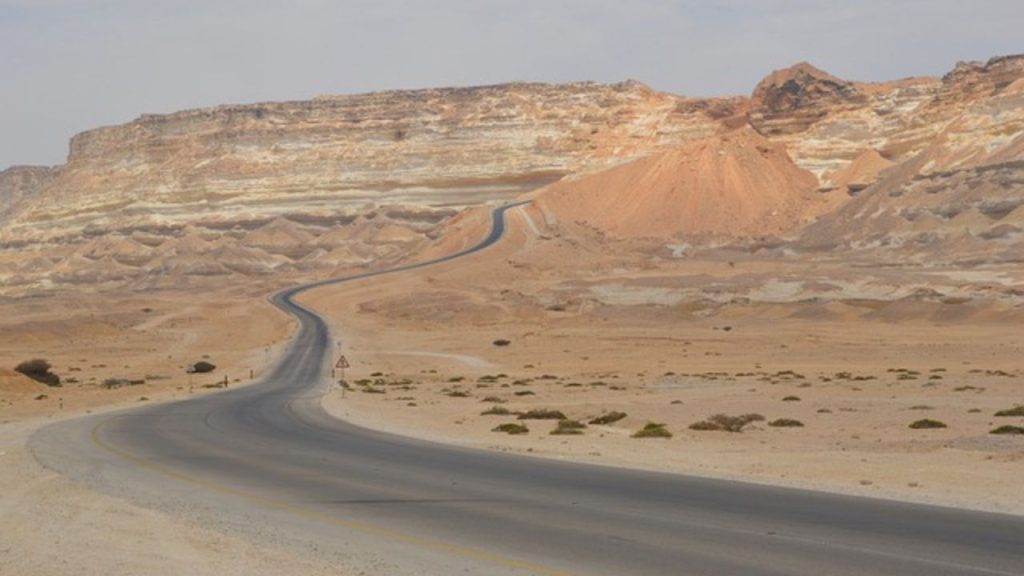
Even though Oman is renowned for its natural beauty and rich culture, all nations have difficulties. Here are a few items that both locals and tourists may find less desirable.
Extreme Summer Heat
The extreme summer heat is one of the worst things about living in or visiting Oman. Particularly in the inner deserts, temperatures can get beyond 50°C (122°F), making daytime outdoor activities practically impossible. In the summer, the humidity in coastal locations may often be oppressive.
Limited Public Transportation
When it comes to public transit, Oman is not as well-developed as some other nations. Without a personal vehicle, getting around might be challenging outside of large cities like Muscat. This can make traveling, particularly for visitors, difficult in rural or isolated places.
Conservatism in Certain Social Norms
Although Oman is renowned for its warmth, it is a conservative nation where tourists are expected to honor regional traditions and customs. This entails wearing modest clothing, especially for women, and abiding by stringent regulations on public shows of affection. This part of Omani life could seem constrictive to others.
Internet Censorship
Internet use is strictly regulated in Oman, and access to particular websites and apps is limited or barred. Despite the fact that this is done to protect cultural values and for national security, people accustomed to a more open internet may find it annoying.
Oman Famous Food
The delicious fusion of South Asian, African, and Arabian flavors in Omani cuisine is quite delectable. Omani cuisine appeals to a wide range of palates due to its distinct dishes and depth of flavor.
Shuwa – Oman’s Signature Dish
One of the most well-known and cherished foods in Oman is shusha. This is a traditional dish that is prepared by marinating lamb or goat meat in a particular spice combination, wrapping it in banana leaves, and cooking it slowly for up to 48 hours in an underground sand oven. The outcome is tasty, soft meat that is typically served at festivals and special events.
Majboos (Kabsa)
Similar to biryani, mamboos is a well-liked rice dish that is prepared using long-grain rice, meat (often lamb or chicken), and a blend of fragrant spices including cinnamon, cardamom, and saffron. This meal is usually served with a side of salad or yogurt and is a mainstay during family get-togethers.
Mashuai – Grilled Kingfish
Mashuai, a grilled kingfish dish paired with lemon rice, is another favorite among Omani cuisine. Oman’s coastline is home to a wealth of fresh seafood, and this meal embodies the nation’s enjoyment of well prepared, lightly seasoned fresh fish.
Omani Halwa
Omani halwa is a classic sweet that is a must-try; no list of Omani foods would be complete without it. It is commonly served with Omani coffee and has a jelly-like consistency. It is made of sugar, rosewater, saffron, almonds, and cardamom. A common gift and treat given to visitors as a show of hospitality is Omani halwa.
Interesting Facts About Oman for Kids
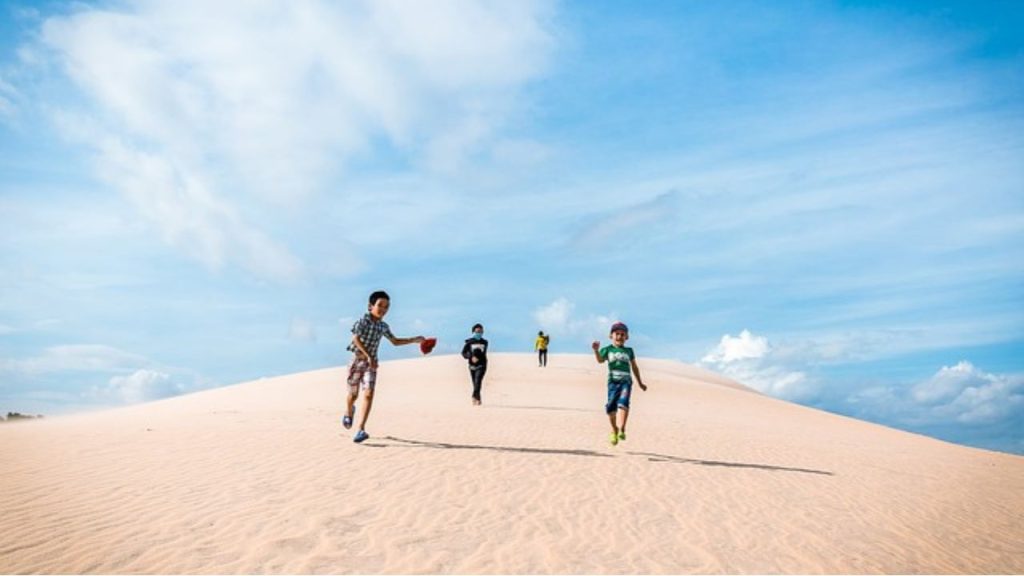
Oman is a great country for kids to learn about, with many of intriguing things to discover. Here are some interesting information about it for younger readers, including both its creatures and customs.
Oman Has the Longest Coastline
You may be surprised to learn that Oman has the longest coastline of any nation on the Arabian Peninsula. This indicates that Oman is home to a large number of beaches and marine life, including fish, turtles, and dolphins.
Oman’s National Animal is the Arabian Oryx
Oman’s national animal is the Arabian Oryx, a stunning antelope with long, straight horns. These species were on the verge of extinction once, but conservation efforts have allowed them to flourish once more.
Frankincense Trees Grow in Oman
Frankincense, which originates from trees in Oman’s southern region, is the country’s most well-known export. For hundreds of years, people have used frankincense as incense, perfume, and even medicine!
Omanis Love Camels
In Oman, camels are highly significant. They have been utilized for festivals, racing, and transportation. Even now, camels are still often seen in Oman, particularly in the desert.
Oman Has a Big Desert with Huge Sand Dunes
Massive sand dunes may be seen in Oman’s Wahiba Sands, a vast desert. There are some of these dunes that are as tall as ten stories! Visitors like going on camel rides in the desert and trying out sandboarding, which is essentially snowboarding on sand.
Conclusion
Oman has a singular fusion of historic customs, breathtaking scenery, and contemporary advancements. Oman is a land of contrasts and beauty, with its rich cultural origins in the trafficking of frankincense and its towering sand dunes in the Wahiba Sands. There’s always something new to discover in Oman, whether it’s the mouthwatering tastes of its food, its intriguing history, or the stunning scenery of its mountains and beaches. Even while Oman has several difficulties, such as intense heat and internet limitations, its warm hospitality, rich culture, and distinct charm more than make up for these drawbacks. Oman stands out as one of the Middle East’s hidden treasures, offering something for everyone—from history buffs to adventure seekers—with its friendly people and amazing experiences.

